In addition to the driving force of consumption upgrading, the popularity of craft beer also needs the help of young people. For all industries, seizing the young is seizing the future. This view also applies to the beer industry. Nowadays, young people's demand for personalization and diversification is higher and higher. At present, the main consumers of craft beer are post-80s and post-90s men, who have higher requirements for beer quality. In addition, people's health awareness is constantly enhanced, and the consumption demand of "drink less but drink well" is increasingly strong. A black beer lover believes that drinking craft beer represents a healthier lifestyle, which encourages people to pay attention to communication when drinking instead of just drinking a lot. In addition to more health, the net red property of craft beer has also attracted the attention of many young consumers. On the one hand, the new level of consumption, business people based on high-quality consumer demand, craft beer can be used as a label attribute goods. On the other hand, based on good-looking and delicious, craft beer can be used as a carrier of emotional expression and personality appeal of young people.
The beer market will contract at an annual rate of 2%. By 2021, beer sales will be reduced by nearly 16 billion liters compared with 2009. Although the industry was generally not optimistic about this view at that time, at present, in the era of oligopoly with strong brands, it has become the consensus of the industry that beer production is difficult to recover. In the stock competition environment of gradually stable output and industry structure, the upgrading of beer product structure and profit demand has become the focus of industry development.
Throughout the entire beer industry, the giants are upgrading their products and laying out high-end products. This high-end is not only reflected in the price range, but also in the beer's alcohol content and original wort concentration. As a representative of the high-end category of beer, craft beer has been gradually favored by enterprises and consumers in recent years, and the overall market is rising at a compound growth rate of 40%.
It is inevitable that the market share of some industrial beer will be replaced by craft beer. Take the mature beer consumption of the United States as an example, the market share of craft beer has accounted for more than 20%. At present, this figure is only 3% - 5% in the global market, and there is great room for future development.
1. Different liquor making materials
Craft Beer: generally only malt, hops, yeast and water are used for brewing. One of the definitions of modern craft beer in the United States, the birthplace of modern craft beer, is that at least one of the main products or more than 50% of the products sold do not use auxiliary materials for brewing. Even if accessories (such as spices, fruits, nuts, and maybe some rice and corn) are used, the purpose should be to increase a certain style rather than reduce the flavor of beer. In addition, the role of hops is often very important in craft beer, including spice flavor, flower flavor, rosin flavor, citrus flavor, herb flavor and so on. Brewers like to use hops to make craft beer achieve certain characteristics.
Industrial beer: often add accessories, the main accessories are corn, rice, etc., their cost is lower than malt, in scale production can effectively reduce production costs. However, with the addition of auxiliary materials, the flavor of beer will become lighter. Of course, beer close to water flavor will be more easily accepted by the public and the market will be wider.
2. The fermentation process is different
Craft Beer: yeast works at the top of the fermentation tank, floats above the liquor, and the fermentation temperature is generally controlled at 10-20 ℃. The fermentor is usually small, and there is no filtration and sterilization after fermentation.
Industrial beer: yeast works at the bottom of the fermentation tank, sinks under the liquor, and the fermentation temperature is generally controlled below 10 ℃. The fermentation tank is large. After fermentation, filtration and pasteurization are usually used to increase the shelf life of beer.
3. The fermentation time is different
Craft Beer: because we don't need to worry too much about the cost, we often don't pay special attention to the fermentation time and don't think too much about the time cost. The fermentation time of the most traditional craft beer can be as long as 2 months, so that the beer is fully fermented, the wort concentration is higher, and the flavor is more rich.
Industrial beer: for industrial beer, time is money, so the fermentation time of industrial beer is usually only about 7 days, so the fermentation is not particularly sufficient, resulting in low concentration of wort and lighter flavor.
4. Different output
Craft Beer: low yield, high quality, characteristic, rich taste, high and low concentration. From the perspective of equipment capacity, the fermentation tank for brewing fresh beer is usually 100L, 200l, 300L and 500L, which pursues high quality taste.
Industrial beer: the annual output of industrial beer is often more than ten times or dozens of times that of a Craft Brewery. For this super large-scale production, we must reduce our own taste requirements and achieve "Popularization". The lighter the taste, the easier it is to be accepted by most people.
5. Different styles
Craft Beer: it can be brewed in different styles, such as wheat beer, heavy black beer, amber beer and fruit beer. There are nearly 100 styles of craft beer in the world. These craft beers have strong aroma, high content of wort, thick and full taste, and high price.
Industrial beer: in order to unify the taste of the finished product, the brewing process and style of industrial beer are usually single, with the characteristics of light taste, more bubbles, low concentration of wort, less hops and low alcohol content, lower cost and lower price.
Craft Beer: generally from 300L to 2000L, small output, belongs to small and refined equipment, but also according to the customer's site, specific brewing process to determine the model, size.
Industrial beer: generally large output, need to be installed on site
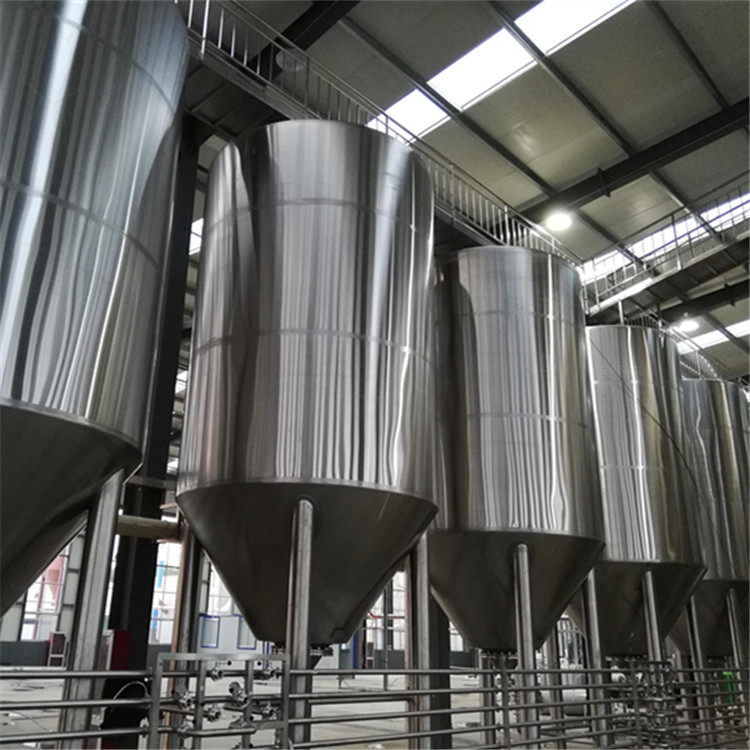
Commercial beer equipment is at the heart of the modern brewing industry. This article will look at 2000 liter commercial beer equipment, a moderately sized brewing system suitable for small to medium sized bars, restaurants and breweries. We'll learn about its key components, operational processes, and the business considerations associated with them.
More >>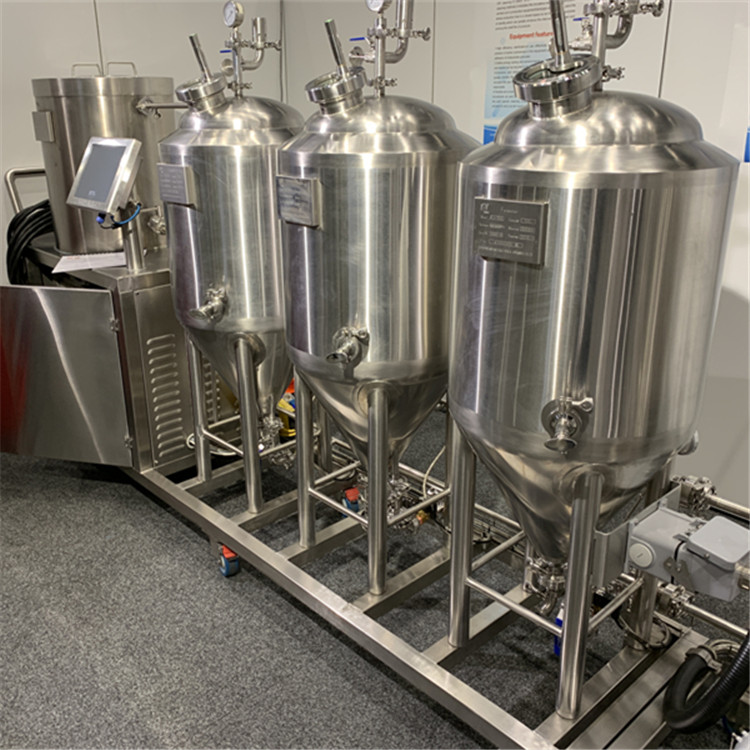
Brewing system: The Restaurant Nano Brewery Equipment brewing system is the heart of any brewery, and a nano brewery is no exception. Restaurant Nano Brewery Equipment typically consists of a mash tun, brew kettle, and fermenter. The size of the brewing system will depend on the amount of beer you plan to brew, but for a restaurant nano brewery, a 1- or 2-barrel system is common.
More >>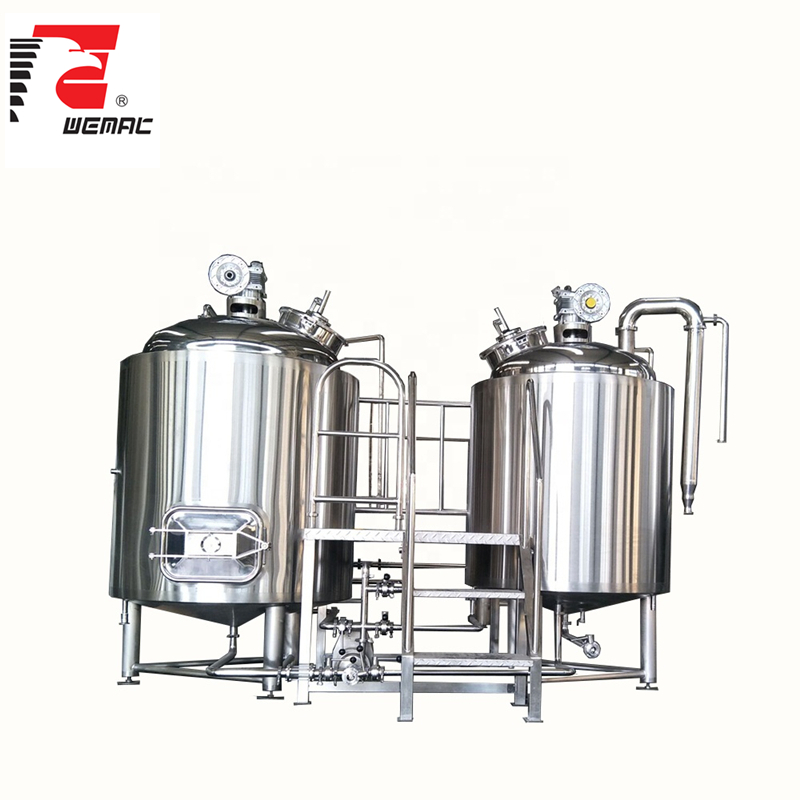
Craft brewery equipment is widely used in medium breweries and beer pubs. It can brew pale lager, amber lager, dark lager, ale and etc at proper temperature with different raw material.
More >>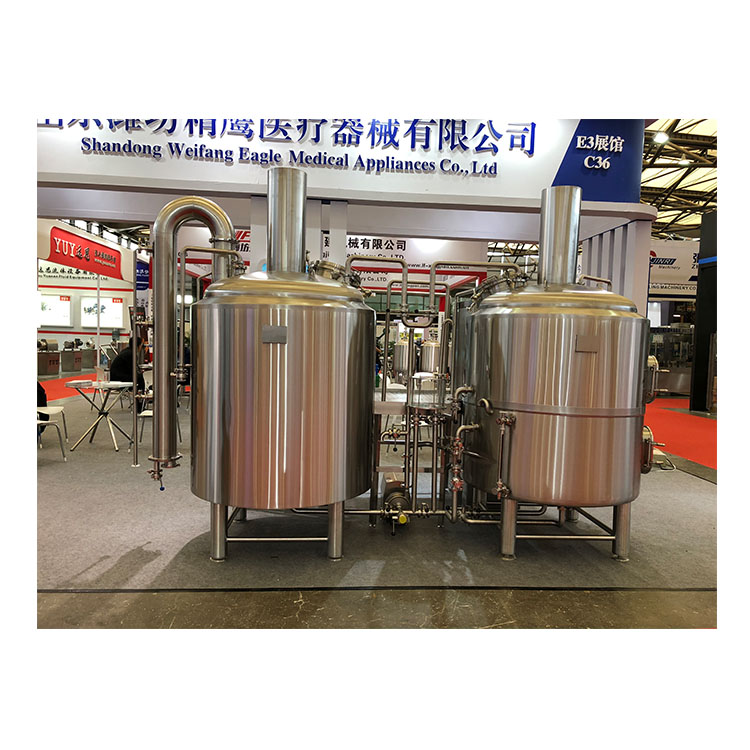
A complete set of 500L beer equipment consists of malt crushing system, saccharification system, fermentation system, steam system, refrigeration system, CIP cleaning system, pipeline system, etc. 500L brewing beer equipment is generally used in commercial, restaurants, bars, barbecue shops and other places.
More >>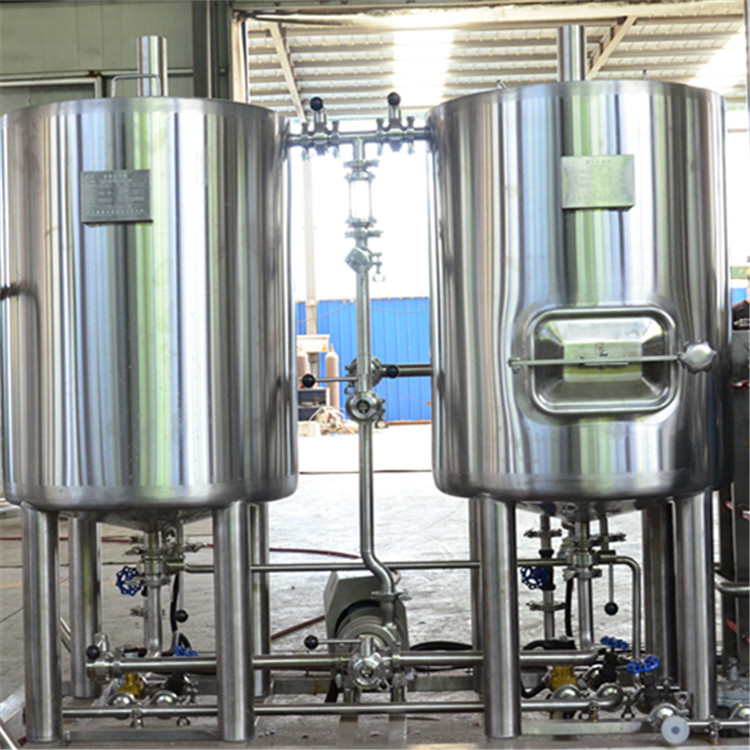
100L beer equipment can be used in home brewing and business. Each batch can produce 100L beer, and two batches can be made every day, up to 200L beer. If you are at home, you can produce beer every few days. If it is commercial, first of all, it is necessary to determine how many liters of beer are produced a day. The 100L beer equipment can produce up to three batches a day, but considering the labor intensity, it can produce up to one or two batches a day. The number of fermentation tanks is determined according to the amount of beer produced.
More >>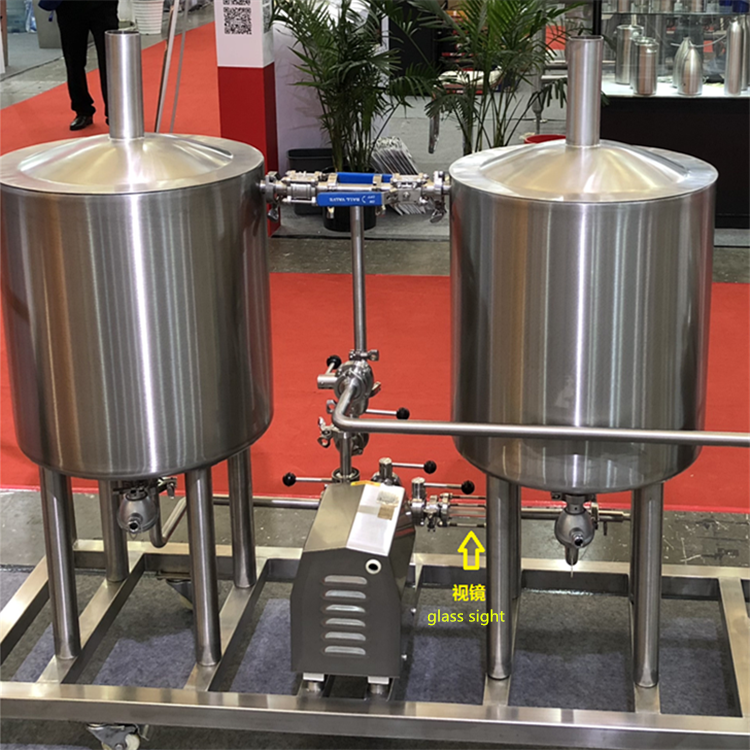
Small beer equipment is generally divided into two types, one is small household simple equipment, and the other is commercial beer equipment. Small household simple equipment generally refers to 30l-100l, with small floor area, convenient operation and relatively simple technology. Commercial beer equipment generally refers to 300l-2000l beer equipment. Now the popular fine brewing beer equipment in the market is made with this equipment.
More >>
The 100L micro beer equipment belongs to a small beer brewing system. Small space, high degree of automation, simple and easy to operate. The mash process is electric heating, which is generally equipped with two device specifications (mashing+lautering + boiling+whirlpool), with ice water tank, plate heat exchanger, wort oxygenator, wort pump, etc; The fermentation process is automatically controlled by PLC, and 6 fermentation tanks are generally configured according to the standard. It belongs to self entertainment beer brewing equipment.
More >>
If you are planning to build a brewery, you must consider the turnkey beer project. What is the whole turnkey beer production line like? Which manufacturers can do a good job in this beer production line? What problems should we pay attention to? The beginning of a new project certainly requires a lot of preparatory work and a lot of problems. Many times, it is very difficult. This professional problem should be solved by a professional company. We can provide you with the turnkey work of the whole beer project, with more than 60 years of production experience.
More >>
As a popular drink, more and more people like to brew beer. How is beer brewed? According to beer concentration, it is divided into high concentration beer, medium concentration beer and low concentration beer. According to the production mode, it is divided into: fresh beer, pure draft beer and cooked beer. No matter what kind of beer, the beer brewing system is divided into: malt crushing system, saccharification system, fermentation system, CIP cleaning system, refrigeration system, control system, filling system and water treatment system.
More >>
As one of the oldest beverages in the world, beer has a history of 4000-5000 years. It uses malt as the main raw material, adds hops, and is brewed by yeast. Craft beer is actually an innovation movement in the beer industry. Behind it is the rise of the young consumers born in the 80s and 90s. They have higher requirements for consumer experience, personalization and diversification.
More >>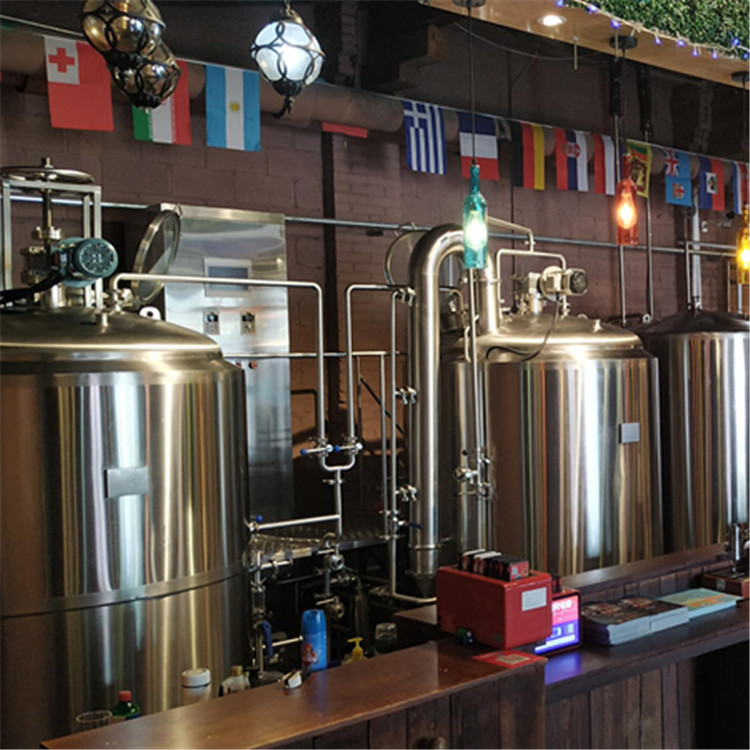
For beer equipment, each customer has different requirements. We have talked about what equipment beer equipment needs, how to choose beer equipment, and what is the most suitable scheme? According to the different needs of each customer, today we will talk about the additional configuration of beer equipment, so that we can use it better and more conveniently to brew higher quality beer.
More >>
As the core of the whole beer equipment, saccharification system is the key to brewing beer, so how to choose the saccharification system suitable for you? As we all know, the saccharification system is divided into four steps: saccharification - Filtration - boiling - spin sedimentation. In order to achieve the desired effect in each step and save cost, the combination of saccharification system is very key.
More >>